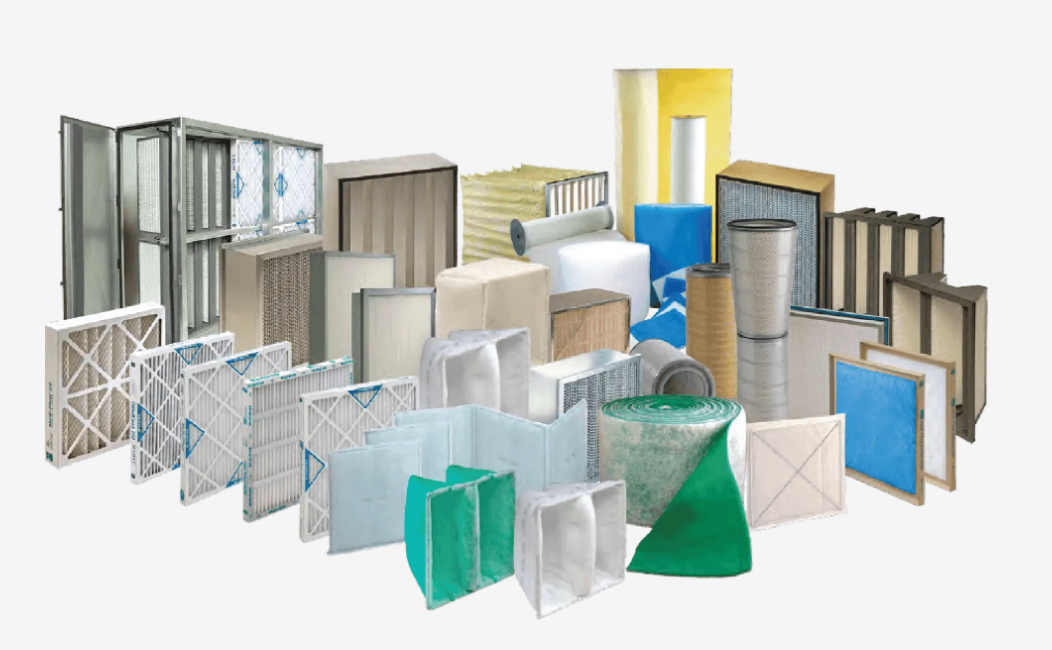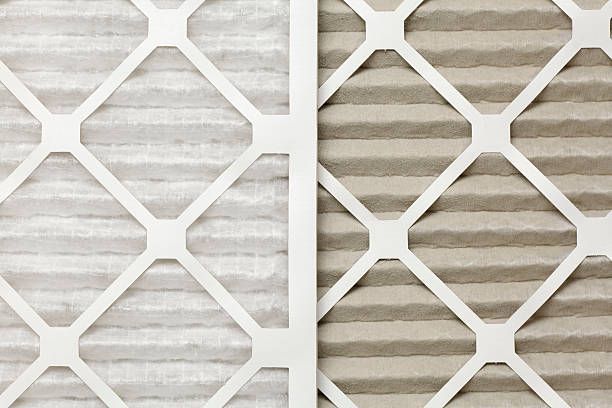Keeping Your Cannabis Crop Clean: Air Treatment Solutions for Indoor Grows
Introduction
In the controlled environment of indoor cannabis cultivation, maintaining optimal air quality is crucial to the health and productivity of your plants. For facility managers and growers, understanding the role of air treatment solutions in preventing diseases like powdery mildew can make all the difference between a thriving crop and a disappointing harvest.
Powdery Mildew is a Serious Threat
Powdery mildew represents one of the most pervasive threats to indoor cannabis growing. This fungal disease can be particularly insidious, living within the plant's DNA and potentially spreading through clones. As one expert points out, "When you're in indoor growing, it doesn't have to be cannabis. If a diseased plant comes in, sometimes the clone that they use will actually carry that powdery mildew in its DNA. So it's systemic in a plant."
Once powdery mildew takes hold, it can easily spread from plant to plant, wreaking havoc on your crops. It’s not just the visible symptoms that are problematic; systemic transmission means that even a seemingly healthy clone can later become a carrier, leading to widespread contamination.
Air Treatment Solutions: Your Ally Against Powdery Mildew
To combat these challenges, incorporating specialized air treatment solutions in your facility is essential. Our job, as air treatment professionals, is clear: "Eventually it will proliferate and then spread to the rest of the plant. So what our job is, is we actually will use bio wall systems or filter systems like this, combination filter systems, and we'll sterilize that air. So we can kill the powdery mildew airborne so it won't pass from plant to plant."
Bio Wall Systems and Combination Filter Systems: These advanced systems are designed to sterilize the air, effectively killing airborne powdery mildew spores before they can infect your cannabis plants. By using multiple filtration stages and sterilization techniques, these systems ensure that the air circulating within your facility is free from harmful pathogens.
- Bio Wall Systems: These systems utilize a combination of UV light and HEPA filtration to capture and neutralize contaminants.
- Combination Filter Systems: These filters typically combine activated carbon, HEPA filters, and UV-C light to provide comprehensive air purification.
Benefits of Utilizing Air Treatment Systems
Investing in air treatment for your cannabis grow facility offers numerous benefits:
- Increased Yields: Healthy plants are more productive. By preventing disease, you can maximize your yield potential.
- Reduced Risk of Disease: Sterilizing the air reduces the likelihood of disease transmission, ensuring a healthier crop.
- Cost Savings: By reducing crop loss due to disease, you can significantly cut costs associated with waste and re-growing.
Conclusion
In summary, air treatment systems play a critical role in maintaining a healthy and productive cannabis growing environment. From bio wall systems to combination filter systems, these solutions are designed to tackle the unique challenges of indoor cultivation, ensuring your crops stay disease-free.
Don't let powdery mildew threaten your harvest! Contact us today for a free consultation or assessment and learn more about how specialized air treatment solutions can enhance your cannabis growing operations.
For more resources on cannabis grow facility air treatment, click here.
By taking proactive steps with air treatment solutions, you can ensure your indoor cannabis grow facility remains a safe haven for your precious crops. Happy growing!
Similar Posts

Elevating industry standards with tailored air and fluid filtration solutions since 1992, B&B Filters delivers excellence across the US.








